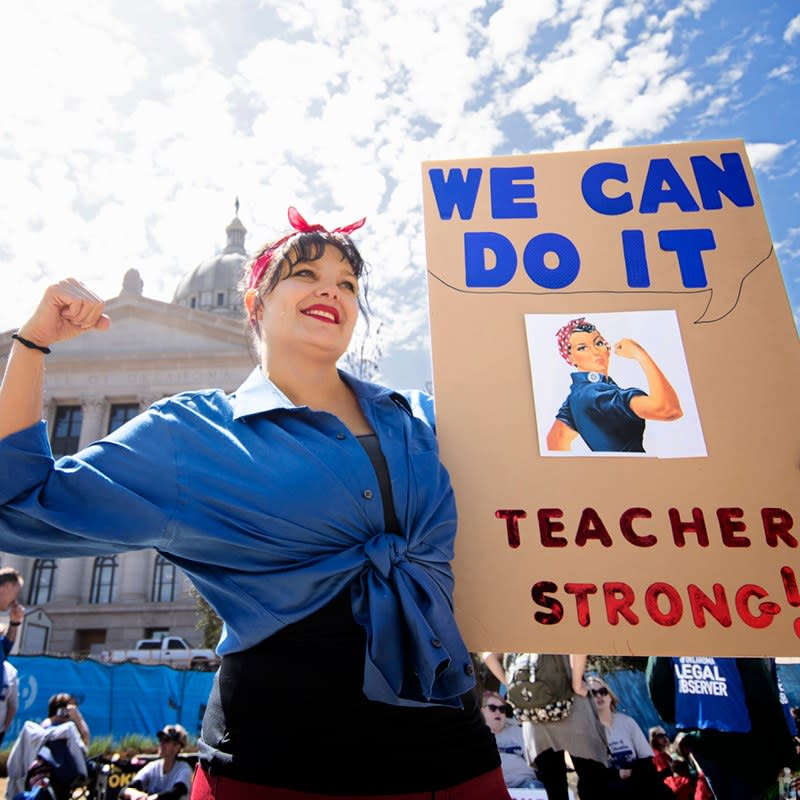What's Next for America's Teacher Walkout Movement?
In July 2017, Oklahoma third-grade teacher Teresa Danks bought supplies at Dollar General and made this poster: “Teacher Needs School Supplies! Anything Helps.” She stood at a highway intersection in Tulsa holding up her sign, wanting to raise awareness about her district’s steep budget cuts. She was angry that Oklahoma teachers earn less than teachers in almost every other state. Danks, 51, has taught for 22 years and her salary is $34,366. She sometimes spends $2,000 a year of her own money on classroom supplies.
In 10 minutes she raised about $50. When her husband shared a photo on Facebook, reporters came calling. Danks quickly became known as the Panhandling Teacher, and her GoFundMe page has brought in more than $30,000, which she donated to teachers in local school districts. “I felt like teachers’ voices were finally being heard,” she says. Today she runs Begging for Education Foundation, a nonprofit raising money for Oklahoma educators, and updates its Facebook followers regularly about news in public education.
It turns out Danks’ picketing was a harbinger of a national wave of activism: Thousands of educators have banded together this year to fight for better pay and more classroom funding. In February, West Virginia teachers went on strike and won a 5 percent raise and a commitment from their governor to work to improve health care costs. Other walkouts in Oklahoma, Arizona, Colorado, Kentucky, and North Carolina followed.
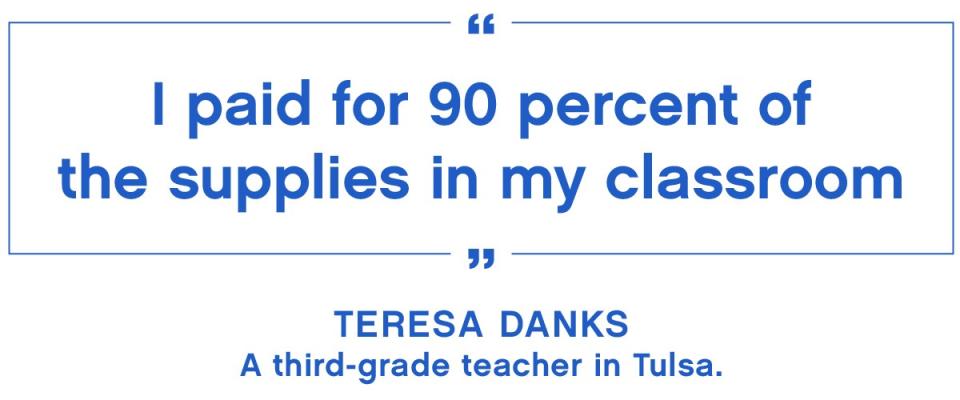
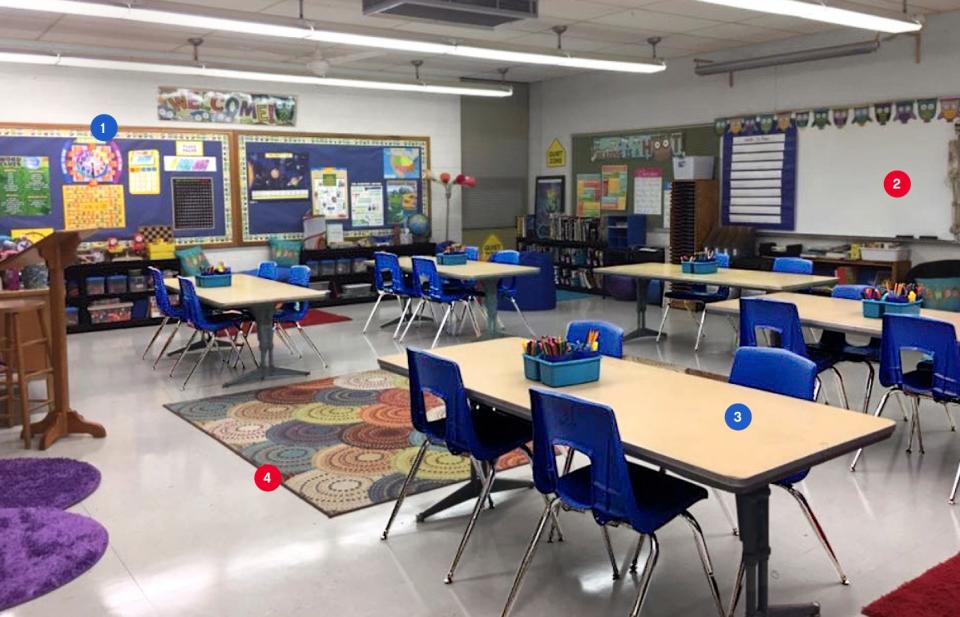

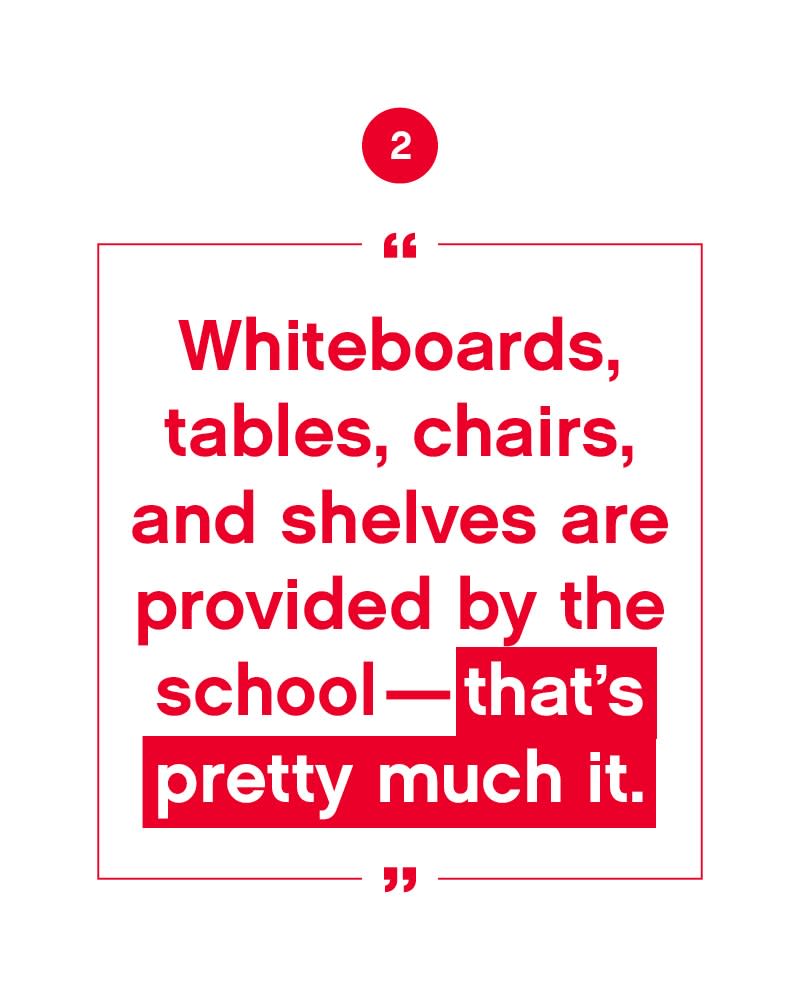

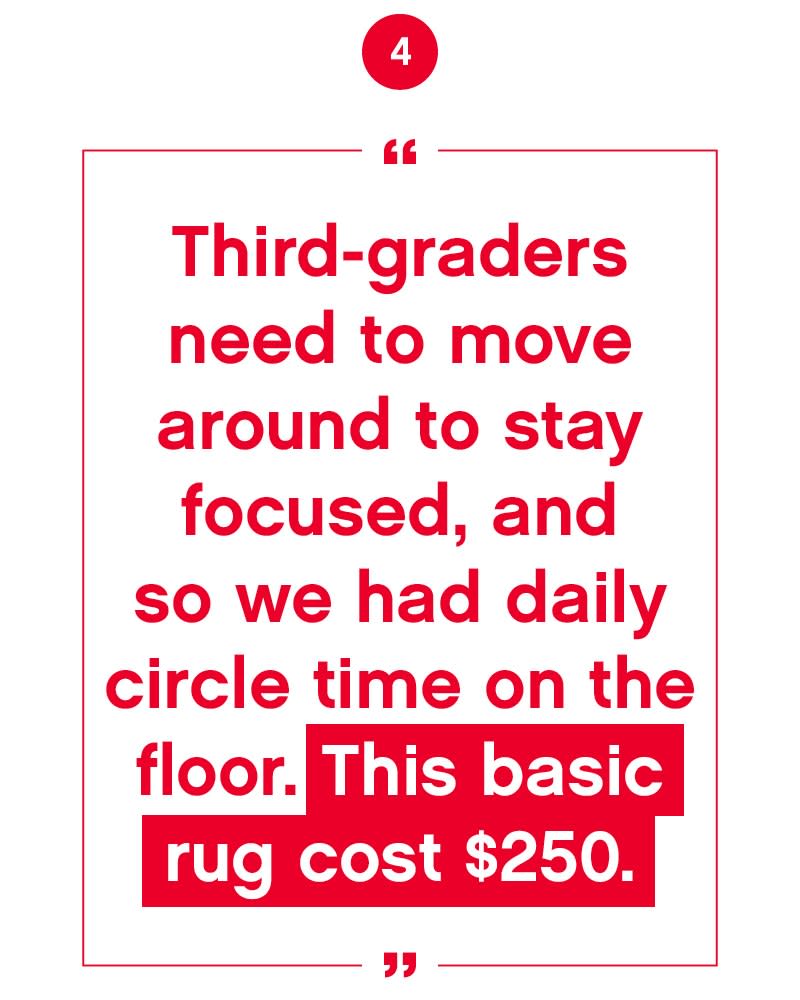
Many of these were grassroots efforts organized through social media, and most happened in states where, under Republican legislatures, school funding has yet to be restored to pre-recession levels. “We haven’t seen this intensity since the teachers’ strikes of the 1960s and 1970s,” says Michael Hartney, Ph.D., a professor of political science at Boston College. “Teachers feel squeezed by stagnant wages and policies they don’t agree with,” like Democrat and Republican plans for more charter schools and evaluations based on standardized testing.
“This is also a women’s movement, since around 76 percent of teachers are women,” says Lois Weiner, Ed.D., who researches and writes about schools and teacher unions. “They’re tapping into the power of people coming together as workers to insist they be treated with dignity.”
While teachers have scored some wins across the states—an uptick in raises, higher per-pupil spending, and more funding for technology—the fight isn’t over.
Small but Mighty
When teachers walked out in Arizona, Rebecca Garelli bought red window markers and wrote #RedForEd, the nationwide slogan for the public education fight, all over her Toyota. Garelli, 37, a Phoenix seventh-grade science teacher, encouraged other teachers to write slogans on their cars too. “I’d drive past minivans with graphs about funding,” she says. “It was so awesome.” She’s a founding member of Arizona Educators United (AEU), the Facebook-born group that led the walkout in that state. Despite working in a high-paying district, Garelli teaches from 2009 textbooks and has large class sizes, and her school has one counselor for more than 1,900 kids. (Arizona slashed education funding more than any other state between 2008 and 2015.)
The walkout ended with teachers getting up to a 9 percent raise this fall and up to 5 percent in each of the next two years (that came in addition to a one percent raise granted in 2017) as well as increased funding. But Garelli and AEU are gearing up for the primary elections and pushing for a ballot initiative to make up the nearly $700 million more in funding that’s been cut over the years. It’s a community-wide effort: “I’ve had educators offer to babysit my three children so I can focus on organizing,” Garelli says. “Alliances are popping up everywhere. I’ve connected with women from the reservations to the rural areas.”
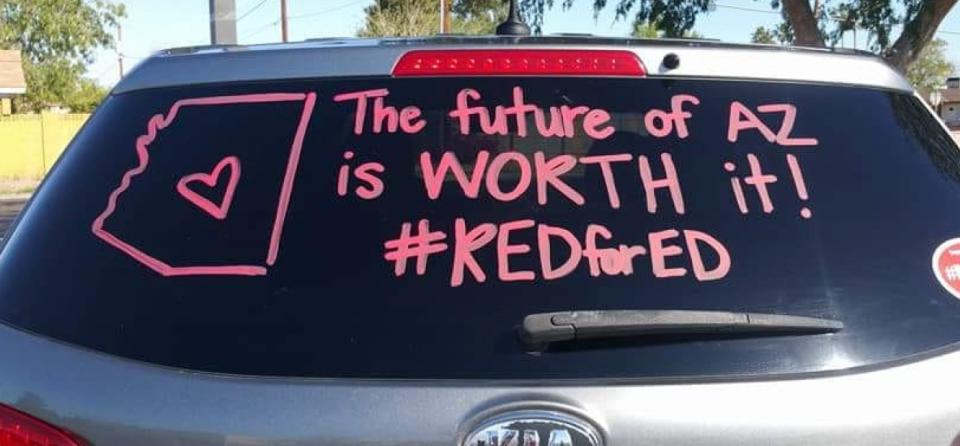
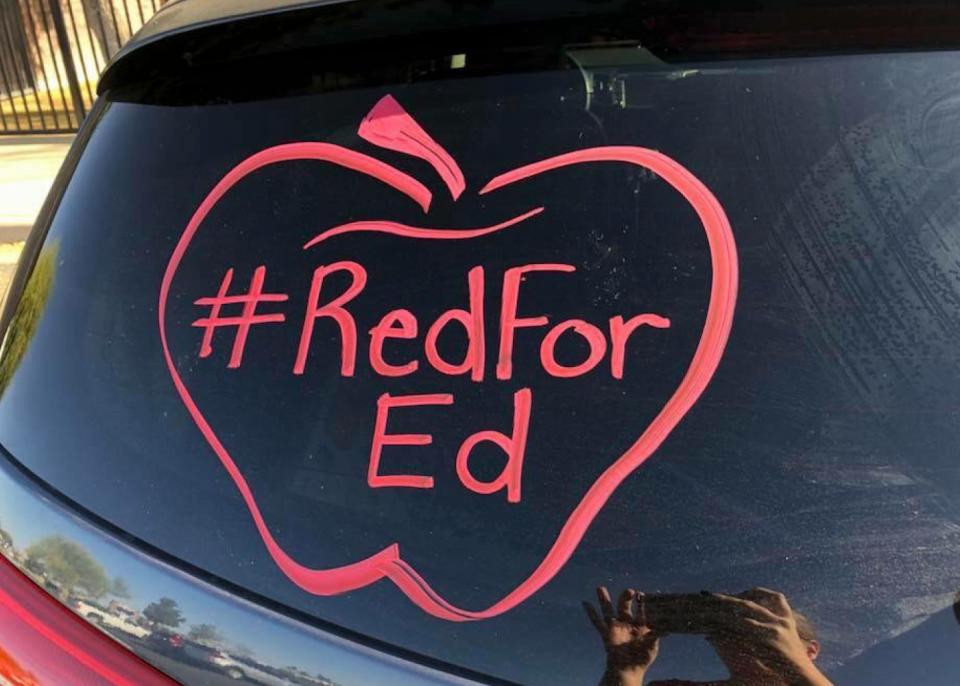
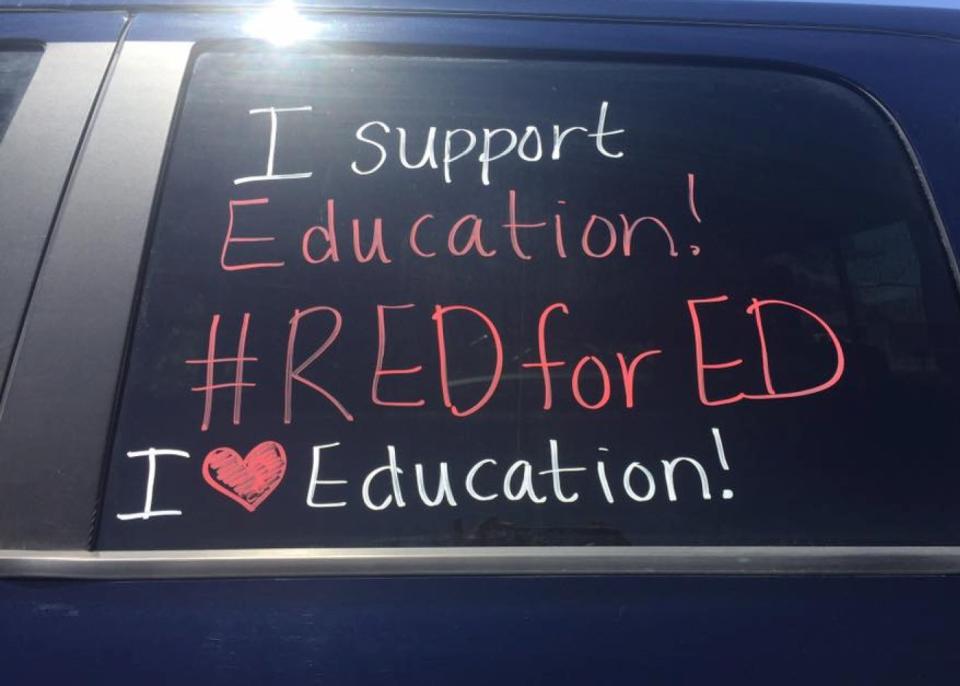
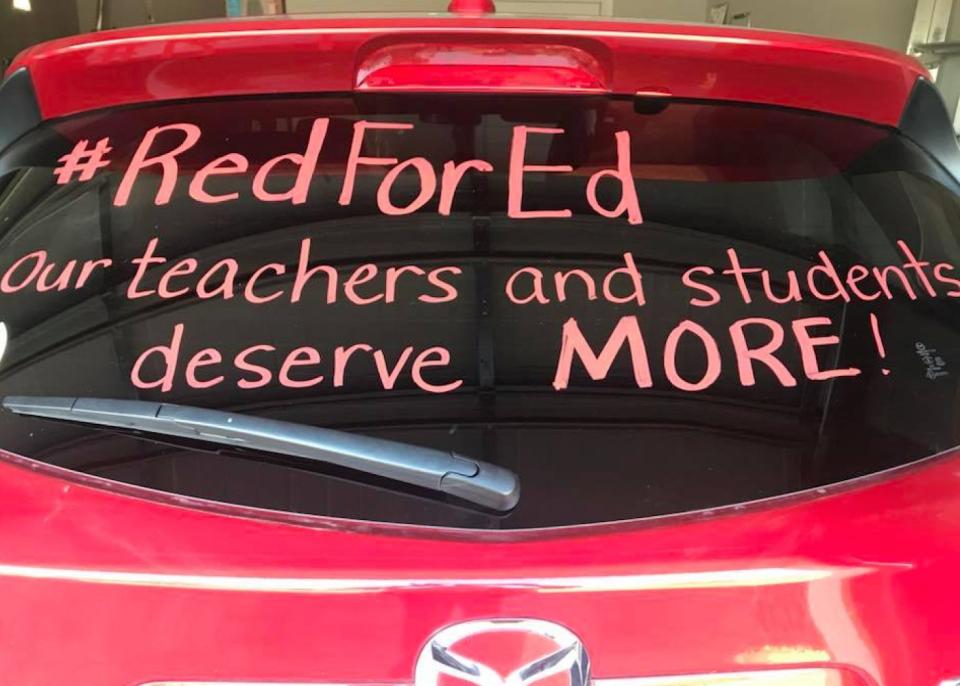
Katie Endicott, 32, a high school English teacher in Mingo County, West Virginia, says she’s also found a sisterhood. “I still talk to the women I carpooled to the walkout with, and we’re outlining next steps,” she says. “The bonds between women in my area have been amazing to witness, and they’re stepping into leadership roles.”
With these new coalitions, teachers have also spent their summer canvassing for pro-education candidates running for office. Hundreds of educators are campaigning for positions on school boards and all the way up to Congress, many as first-time candidates, says the National Education Association.
“People say politicians are frauds, so why even bother to vote. I want to change that perception,” says Denise Gray, 39, a Kentucky special-needs educator running for state Senate as a Democrat against Republican Senator Ralph Alvarado. Gray opposes Alvarado’s views on school choice and arming school staff, and would be the second African American woman to be elected to the Kentucky Senate. “I want my students to know what’s possible for them,” she says.
Dozens of educators across the U.S. have advanced in their primaries. “It will mean real dollars for teachers if they can flip a lot of these state legislatures from red to blue,” Hartney says. Democrats have been more likely to support teacher raises, increased education funding, and teacher unions, but Hartney doesn’t think the solution is necessarily a blue wave at the midterms. “Teacher unions are an important coalition in the Democratic party,” he says. “But it’s not that simple.” This new crop of advocates, he says, will vote for candidates on either side of the aisle who will support public education the most.
“People say politicians are frauds, so why even bother to vote. I want to change that perception. I want my students to know what’s possible for them." —Denise Gray, a Kentucky special needs educator running for state Senate
Charging Ahead
“Teachers have a lot of energy right now, so I’d expect more strikes in the fall,” Hartney says. But a recent Supreme Court decision could slow their momentum. Janus vs. American Federation of State, County and Municipal Employees examined a law in 22 states that required public employees who aren’t union members to pay fees that cover collective bargaining costs. Experts say that the ruling in favor of the plaintiff (who said the law violated his First Amendment rights) could cause a drop in union membership and revenue. But Hartney says this could also push unions to reexamine how they appeal to prospective members. While not all of the grassroots efforts have linked up with unions, those larger, older organizations have been helpful in pushing key issues forward in some cases.
Meanwhile, some teachers are leaving the classroom. Danks didn’t re-sign her contract with Tulsa Public Schools because she says among other things, it didn’t yet include the raises teachers had been promised (a result of a conservative group’s efforts that have now been dropped to repeal the tax package that would fund the raises). Danks is focused on Begging for Education and is teaching students online in China, but she hasn’t ruled out a return to full-time teaching. “I want teachers to be fearless now and go out and vote,” she says. “Let’s fight for our kids.”
Real change, Weiner says, will depend on whether educators can sustain the grassroots power they’ve harnessed. “True success,” she says, “will be in more local organizing, stronger relationships between parents and teachers.” The goal, she says, is to make this “an unstoppable social movement.”
